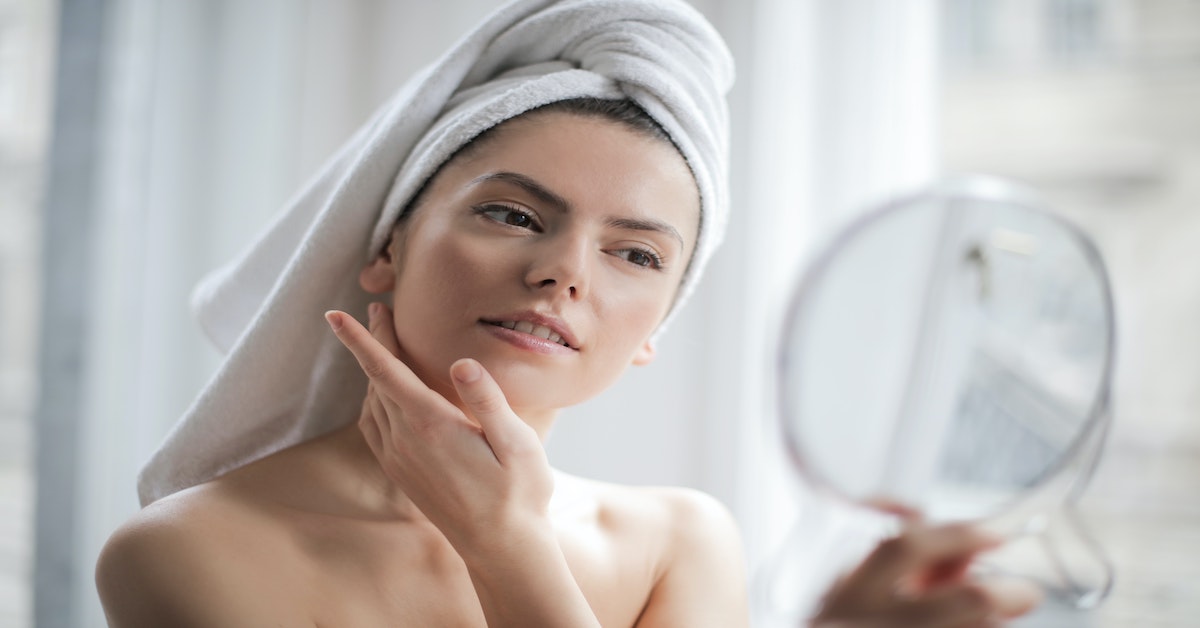If you partake in some of these at-home treatments for glowing skin, you may already be on your way to it.
At-home skincare treatments have gained significant popularity as people seek effective and convenient ways to care for their skin. These treatments offer a range of options for addressing various skin concerns and maintaining a healthy, radiant complexion without needing a professional spa or dermatology visit. LED light therapy, cryotherapy, steam treatments, facial massage (including massage devices), hydrating masks, exfoliating masks, and chemical peels are some of the most popular at-home skincare treatments.
Each at-home treatment has unique benefits and considerations, allowing you to tailor your skincare routine to your specific needs and preferences. Understanding how these treatments work and how to use them safely and effectively can help you achieve your desired skin care goals from your home. Whether you’re looking to improve skin texture, reduce blemishes, or indulge in self-care, these at-home treatments offer a range of options to elevate your skincare routine and help you achieve healthy, glowing skin.
1. Facial Massage
Facial massage is a technique that involves gentle manipulation of the facial muscles and tissues. It can improve blood circulation, reduce muscle tension, and promote lymphatic drainage, which may reduce puffiness and promote a youthful appearance. In addition to traditional hand techniques, various facial massage devices can enhance the benefits of facial massage. These devices, such as jade rollers, gua sha tools, and electric facial massagers, can help you achieve better results by providing controlled pressure and increased ease of use.
A facial massage device can be a relaxing and effective way to boost circulation and promote skin rejuvenation. To use these devices, apply a facial oil or moisturiser to reduce friction, and follow the device’s instructions or a tutorial to ensure you’re using the proper techniques and avoiding excessive tugging or pulling on the skin. Facial massage devices can be a valuable addition to your skincare routine, offering a spa-like experience in the comfort of your own home.
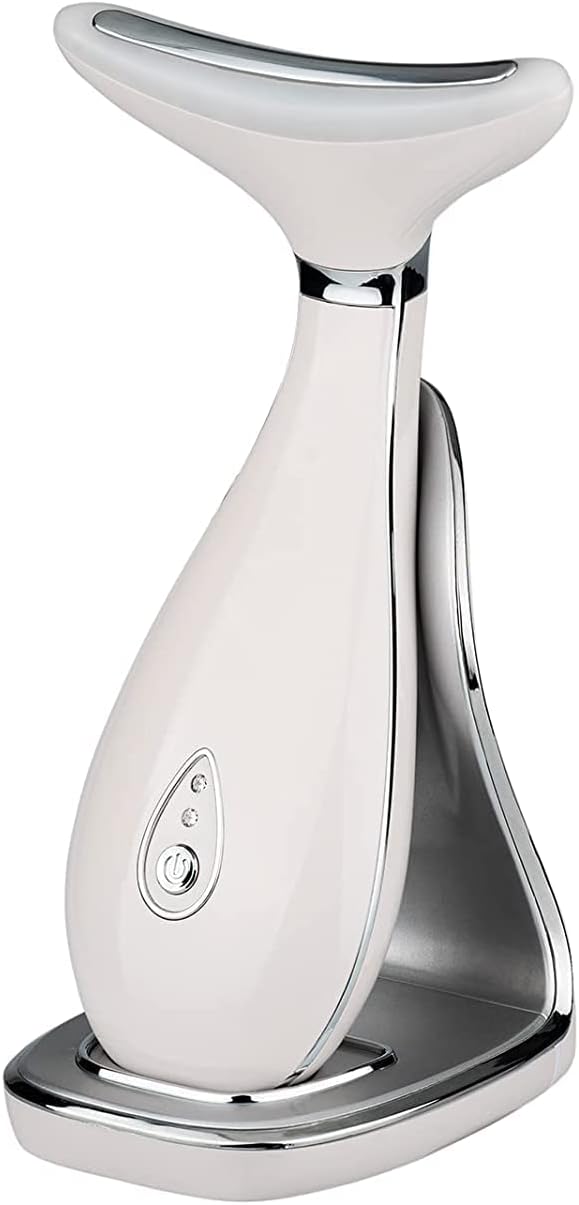
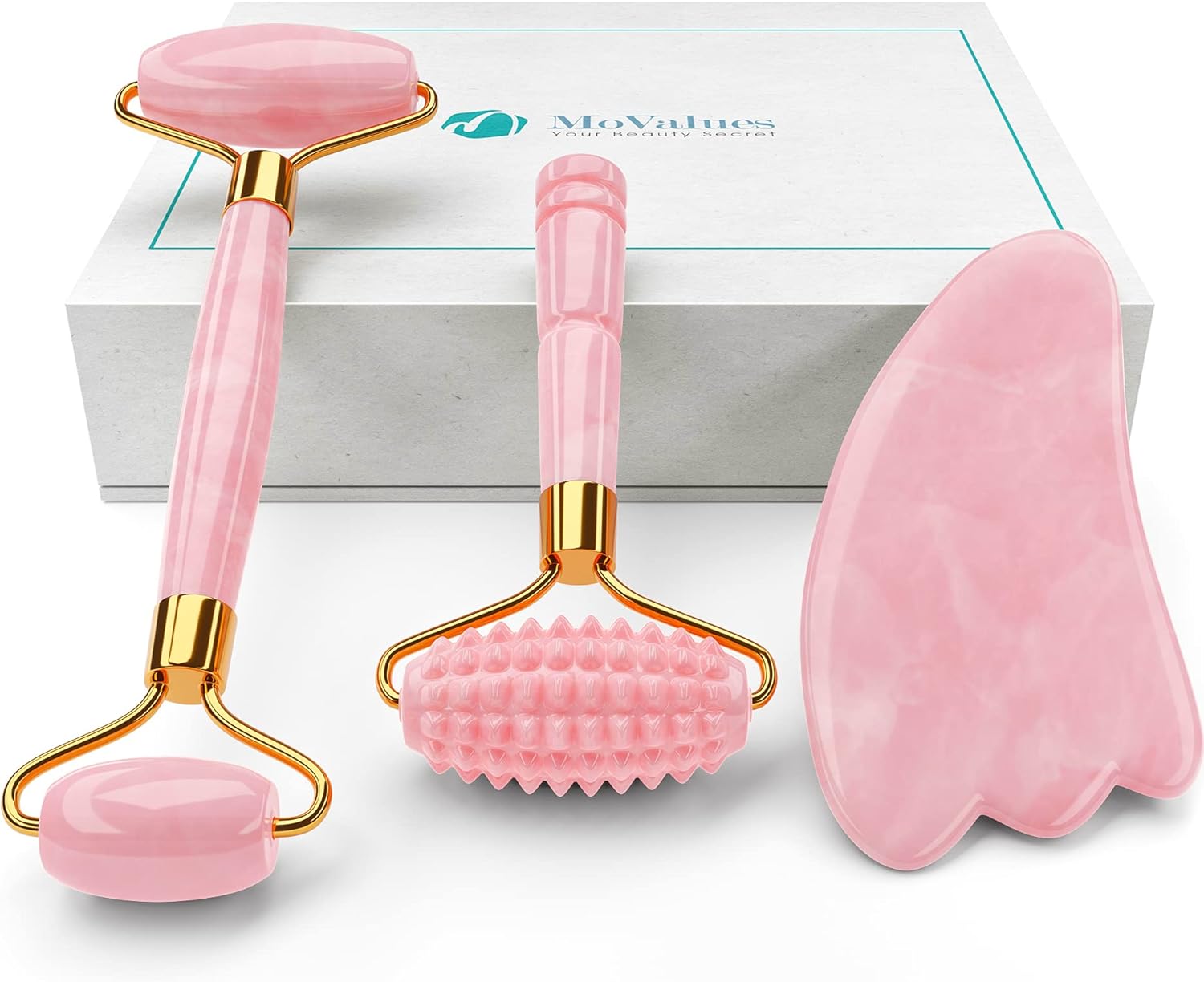
2. Cryotherapy
Cryotherapy is a skincare technique that utilises cold temperatures to benefit the skin. At-home cryotherapy may involve ice packs, ice rollers, or specialised cryotherapy tools. Cold temperatures can help reduce puffiness, soothe inflammation, and tighten pores. When applying cold objects to the skin, be cautious not to do so directly, as it can lead to frostbite. Using a cloth or barrier between the cold tool and your skin is advisable, and limit exposure to short durations to avoid any potential damage.
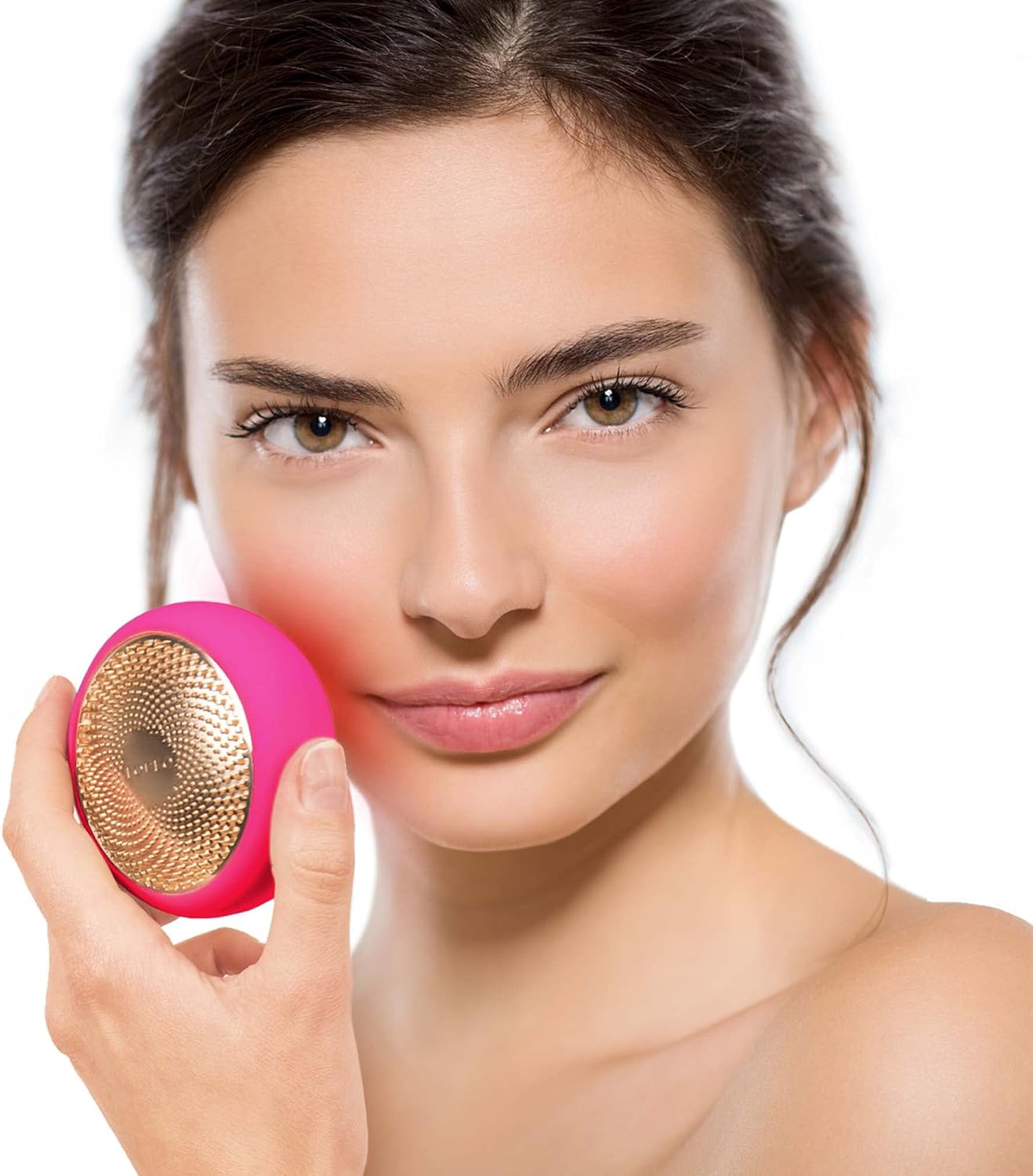
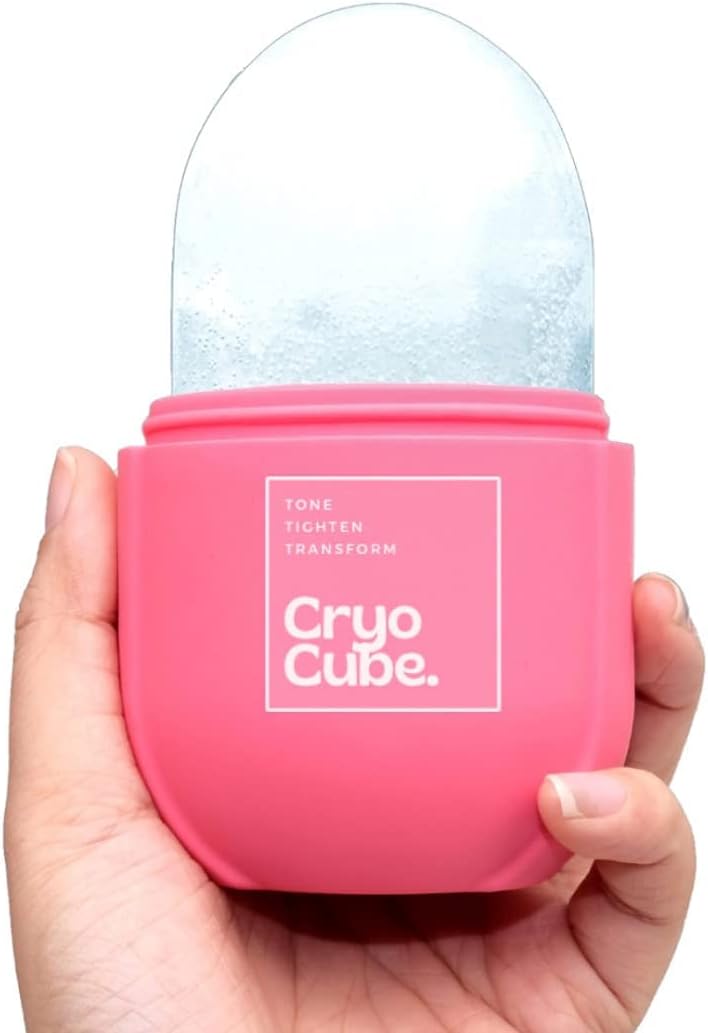
Interesting Post: 10 Vitamin C Benefits For The Skin
Steam treatments are a simple way to open up pores and aid in deep cleansing. To perform this at home, you can lean over a bowl of hot water while covering your head with a towel. Steam can soften the skin and loosen debris, making it easier to remove impurities. However, avoid using excessively hot water, as it can damage the skin. After steaming, use a gentle cleanser and moisturiser to lock in the benefits and prevent moisture loss.
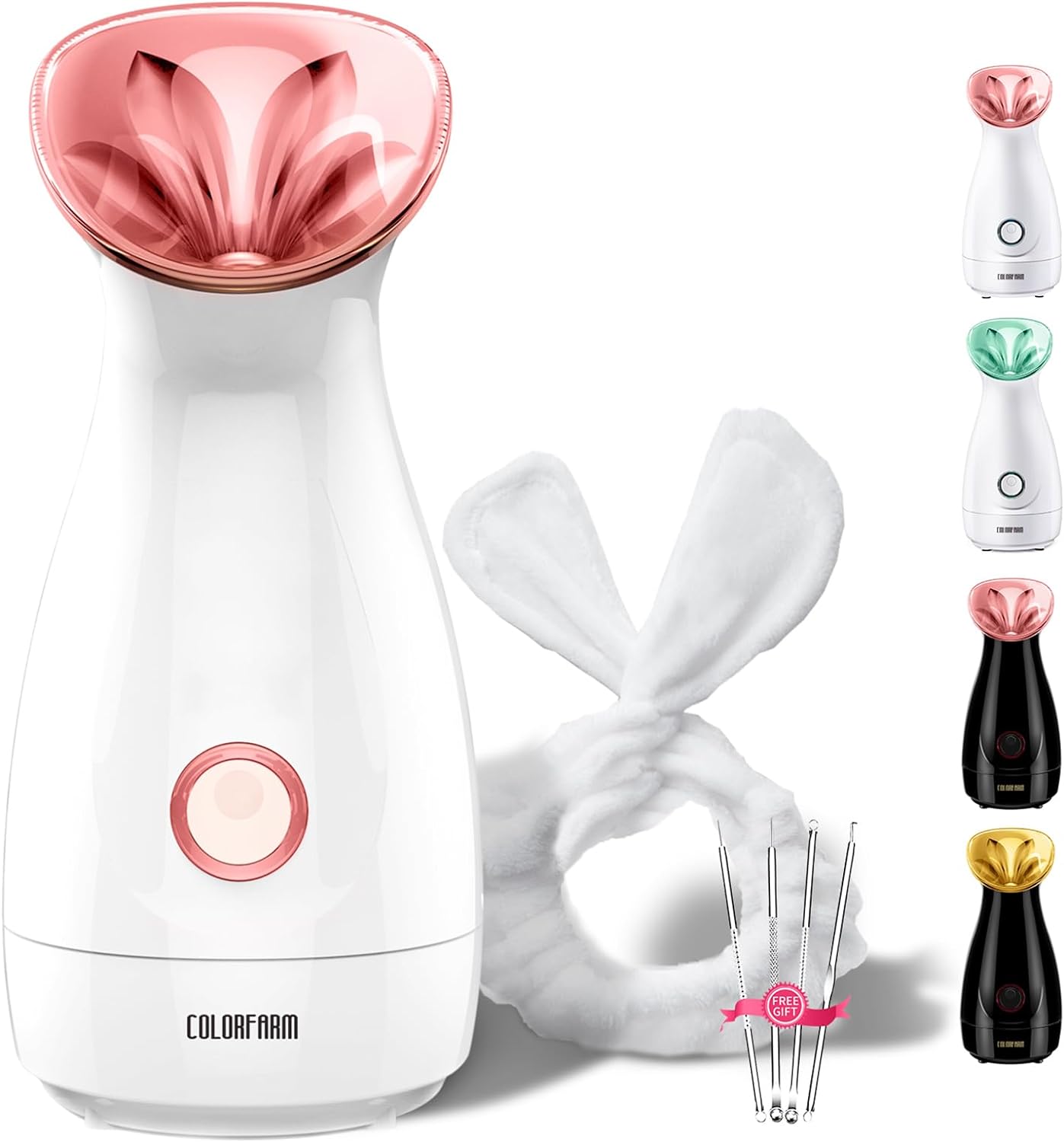
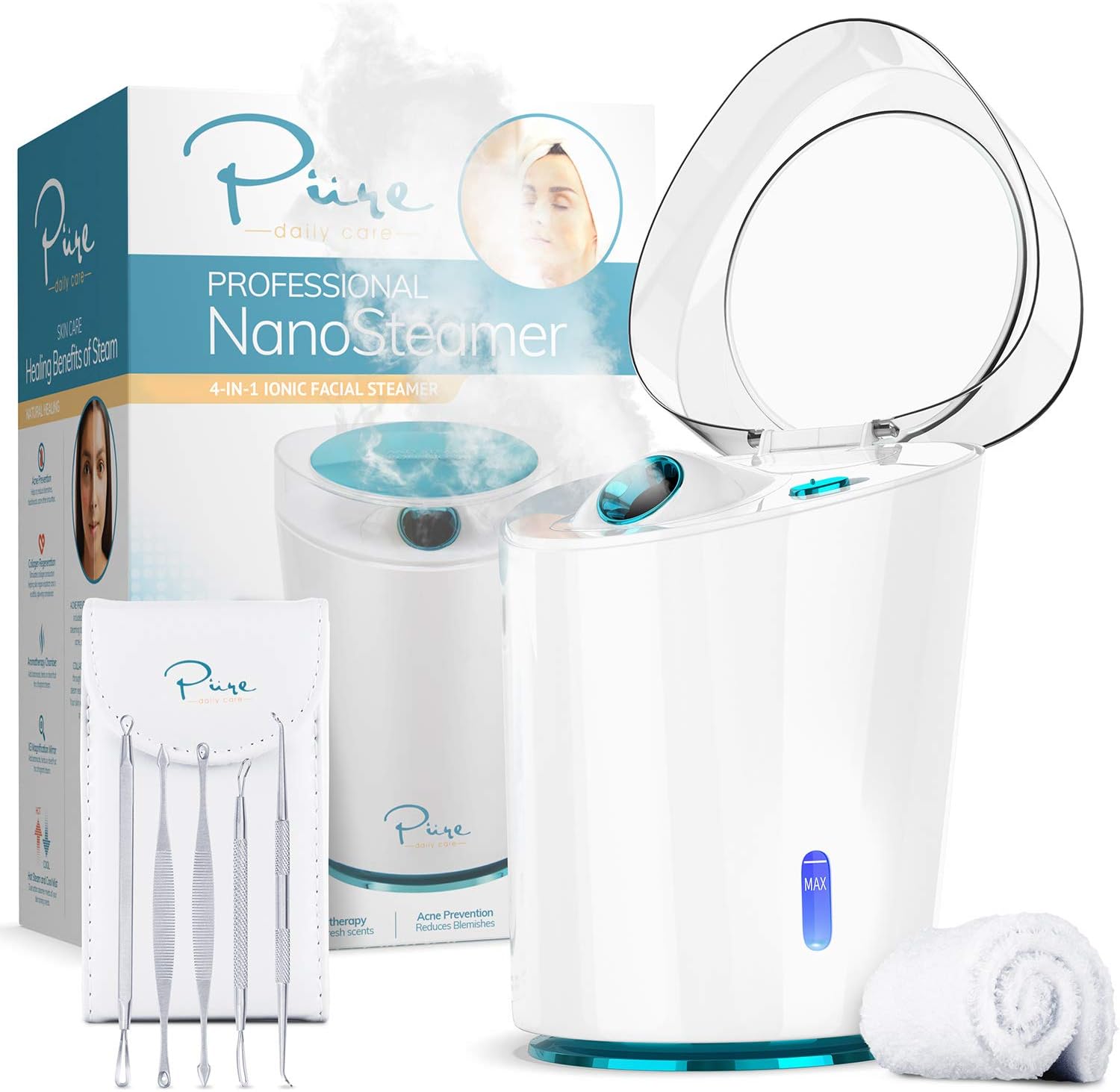
4. LED Light Therapy
LED light therapy involves using different wavelengths of light to address various skin concerns. Red light, for example, penetrates the skin to stimulate collagen production, which can reduce the appearance of fine lines and wrinkles. Blue light is known for its ability to kill acne-causing bacteria, making it helpful in managing acne. Near-infrared light promotes healing and helps reduce inflammation. LED therapy is generally considered safe when used as directed. For noticeable results, consistency is crucial, and following the specific instructions for your LED device is essential.
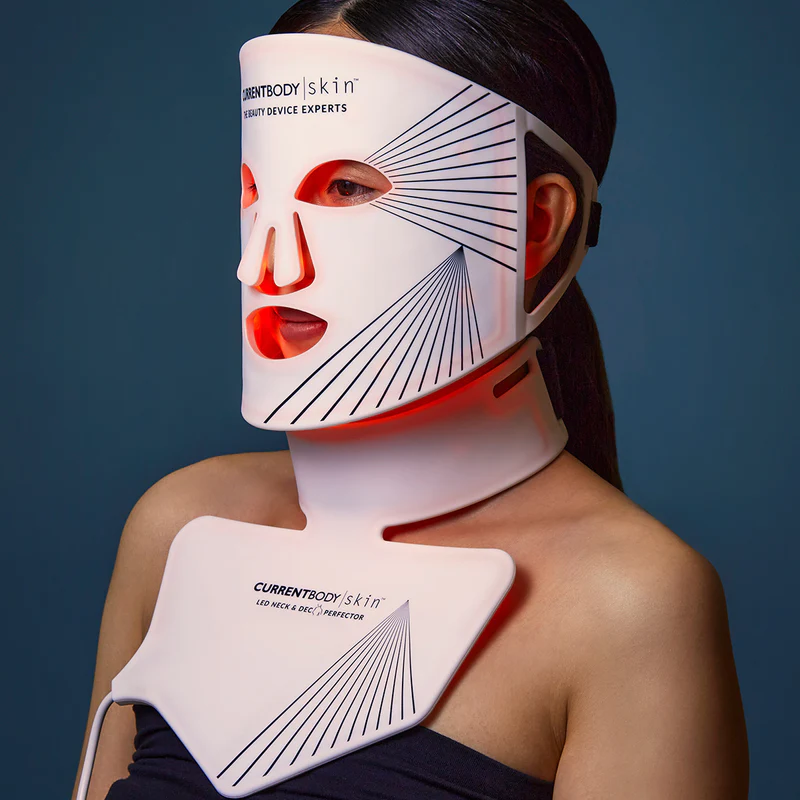
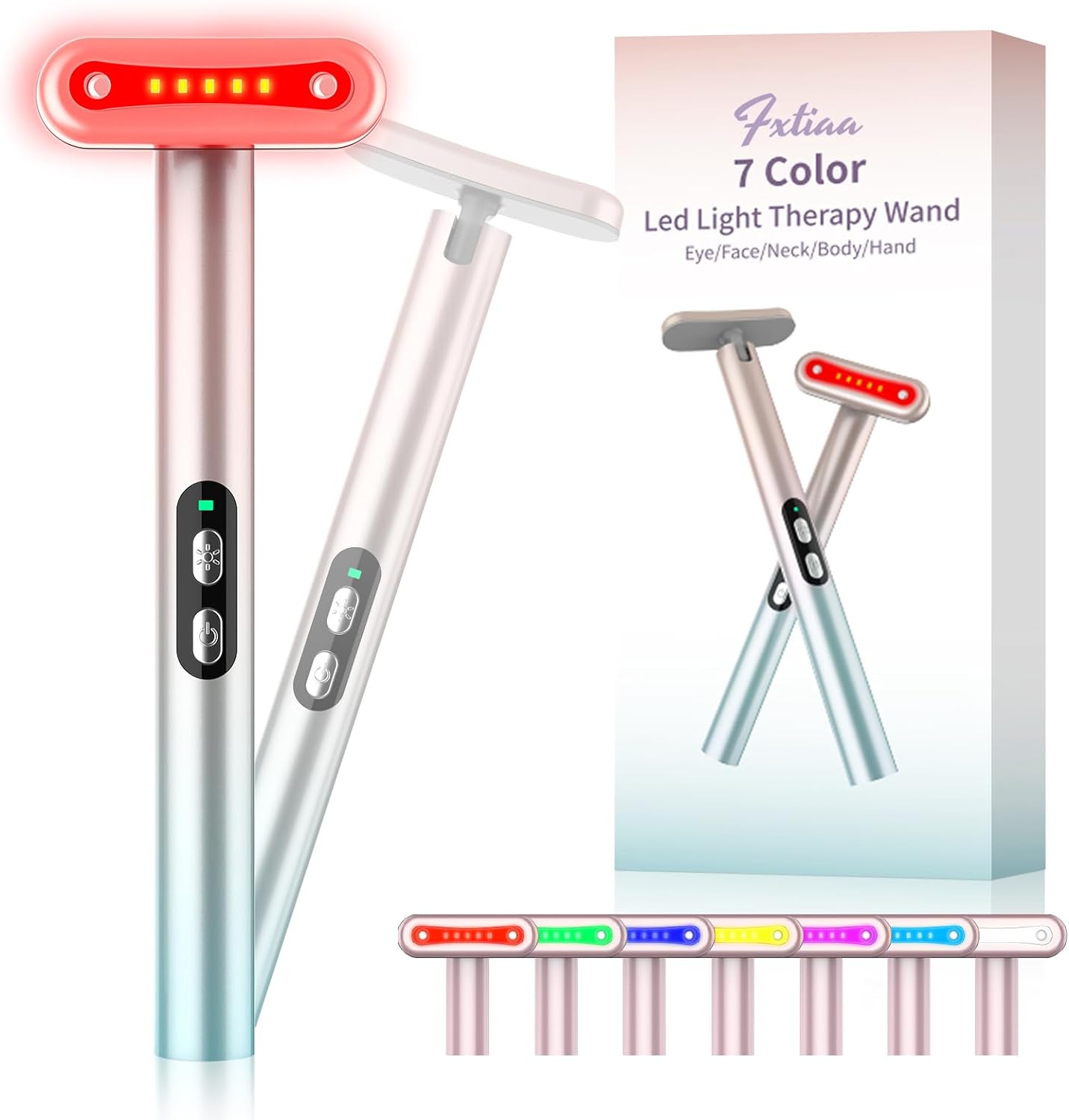
Related Post: How LED Light Therapy Works On The Skin
5. Hydrating Mask
Hydrating masks are formulated to deliver moisture to dehydrated skin. These masks typically contain ingredients like hyaluronic acid, aloe vera, and glycerin, known for their hydrating properties. To use a hydrating mask, apply it to clean skin and leave it on for the recommended time. The mask provides an instant boost of hydration, leaving your skin feeling plump and refreshed. Incorporating hydrating masks into your skincare routine can be especially beneficial if you have dry skin.
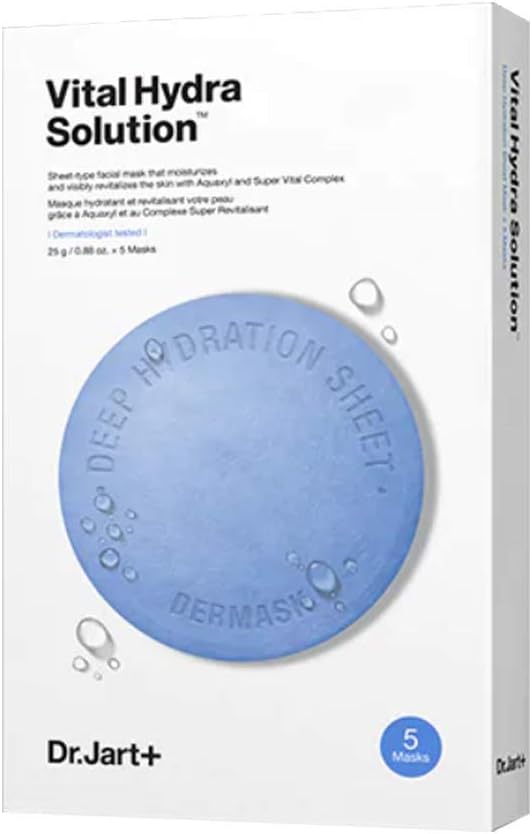
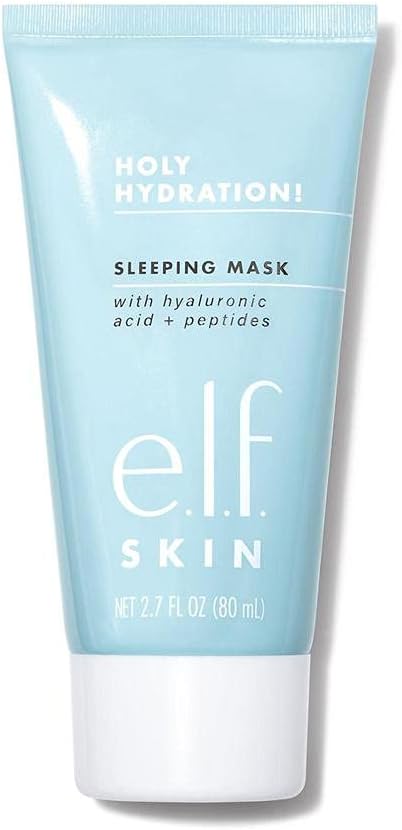
6. Exfoliating Mask
Exfoliating masks are designed to remove dead skin cells from the surface of your skin. This process helps improve skin texture, unclog pores, and reveal a more radiant complexion. Exfoliating masks can contain physical exfoliants, such as scrub particles, or chemical exfoliants, like alpha hydroxy acids (AHAs) or beta hydroxy acids (BHAs). However, it’s essential to avoid over-exfoliation, which can lead to skin irritation and sensitivity. Follow the recommended usage instructions for exfoliating masks and adjust the frequency based on your skin’s needs.
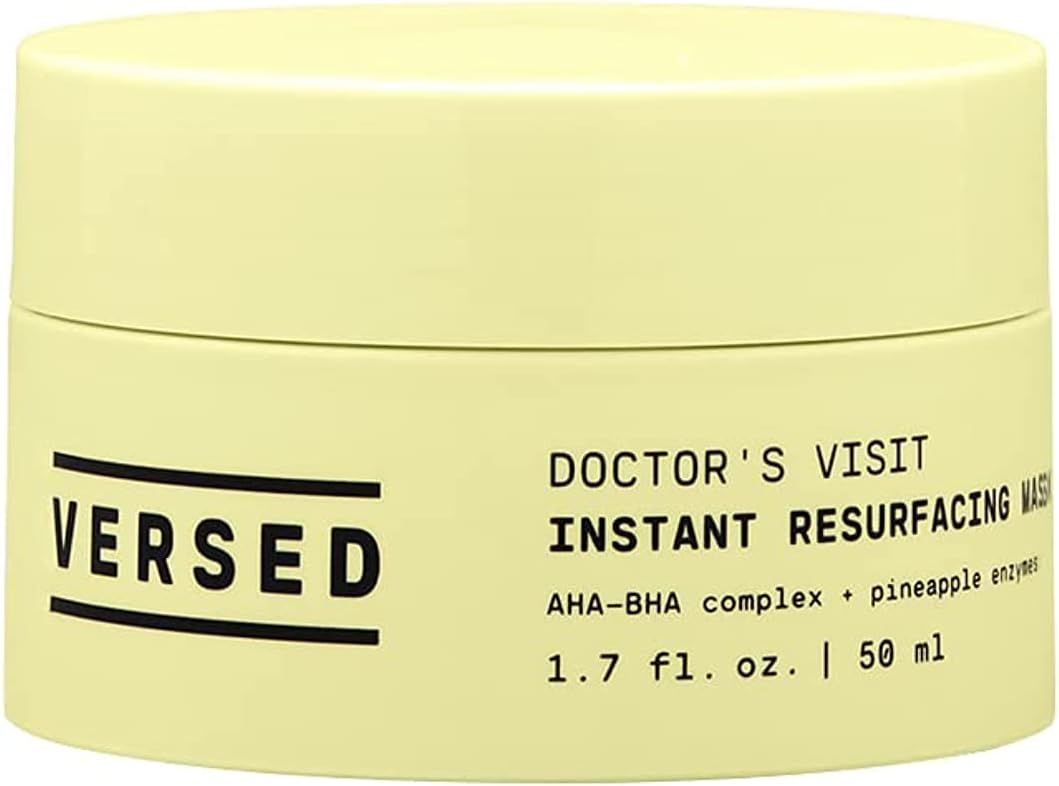
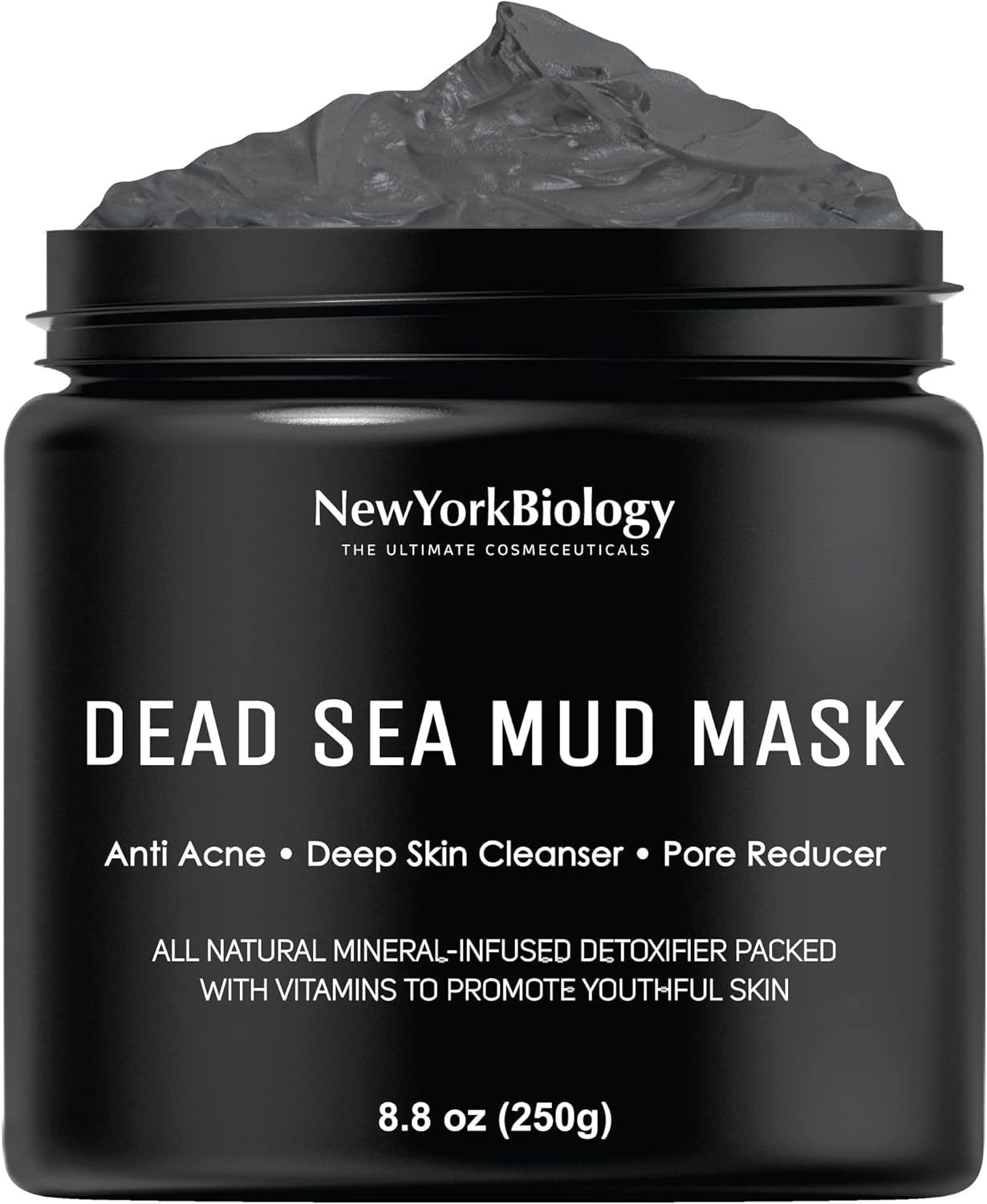
Read More: 10 Best Sustainable Skincare Brands For Healthy Skin
7. Chemical Peels
Chemical peels involve the application of acids to the skin, which exfoliate the top layer of skin cells. This process can reduce the appearance of fine lines, acne, and pigmentation issues. At-home chemical peels are available but are typically less potent than those administered by skincare professionals. It’s crucial to follow the instructions carefully when using at-home chemical peels.
After the chemical peel treatment, you may experience redness, peeling, and increased sensitivity. Protecting your skin from sun exposure is essential, and following a proper post-peel skincare routine to support the healing process. Consider consulting a dermatologist for guidance and recommendations if you need clarification on using chemical peels.
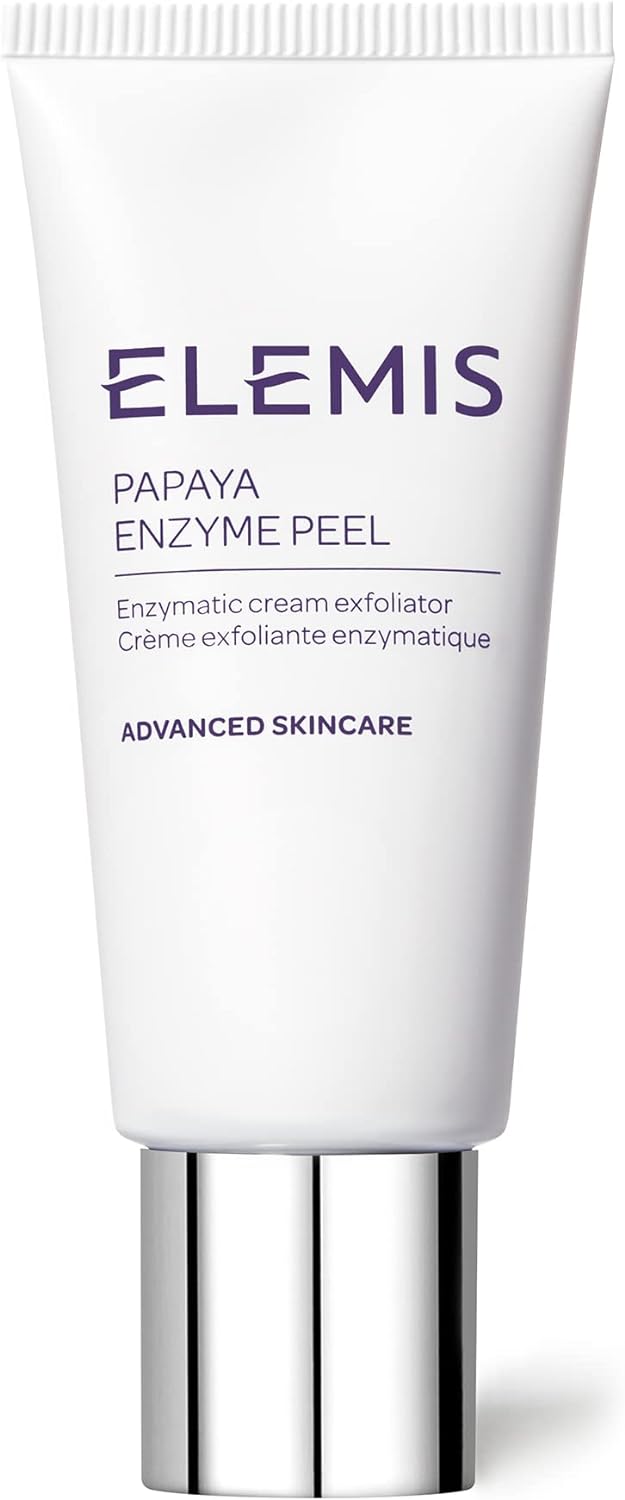
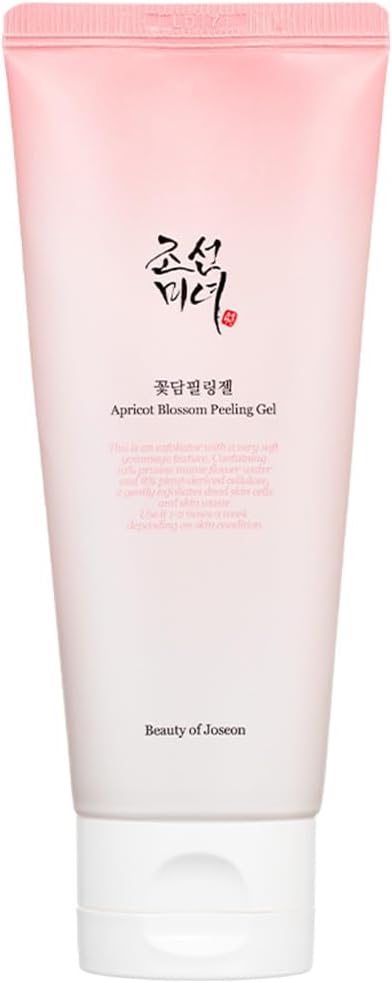
At-home skincare treatments have revolutionised how individuals care for their skin, offering a diverse range of options to address various skin concerns and maintain a healthy complexion without needing professional assistance. Whether you opt for the rejuvenating benefits of LED light therapy, the soothing effects of cryotherapy, or the simplicity of a hydrating mask, these treatments provide a convenient and accessible approach to self-care. Remember to exercise caution, follow instructions diligently, and be mindful of your specific skin type and needs.
Incorporating these treatments into your regular skincare routine can improve skin texture, tone, and overall health. The flexibility of at-home skincare treatments empowers you to take charge of your skincare journey and enjoy spa-like experiences from the comfort of your own home. However, should you have unique or persistent skin concerns, it’s advisable to consult with a dermatologist for personalised guidance. With the proper knowledge and commitment to your skincare routine, you can maintain a radiant and healthy complexion that makes you feel confident and beautiful in your skin.

